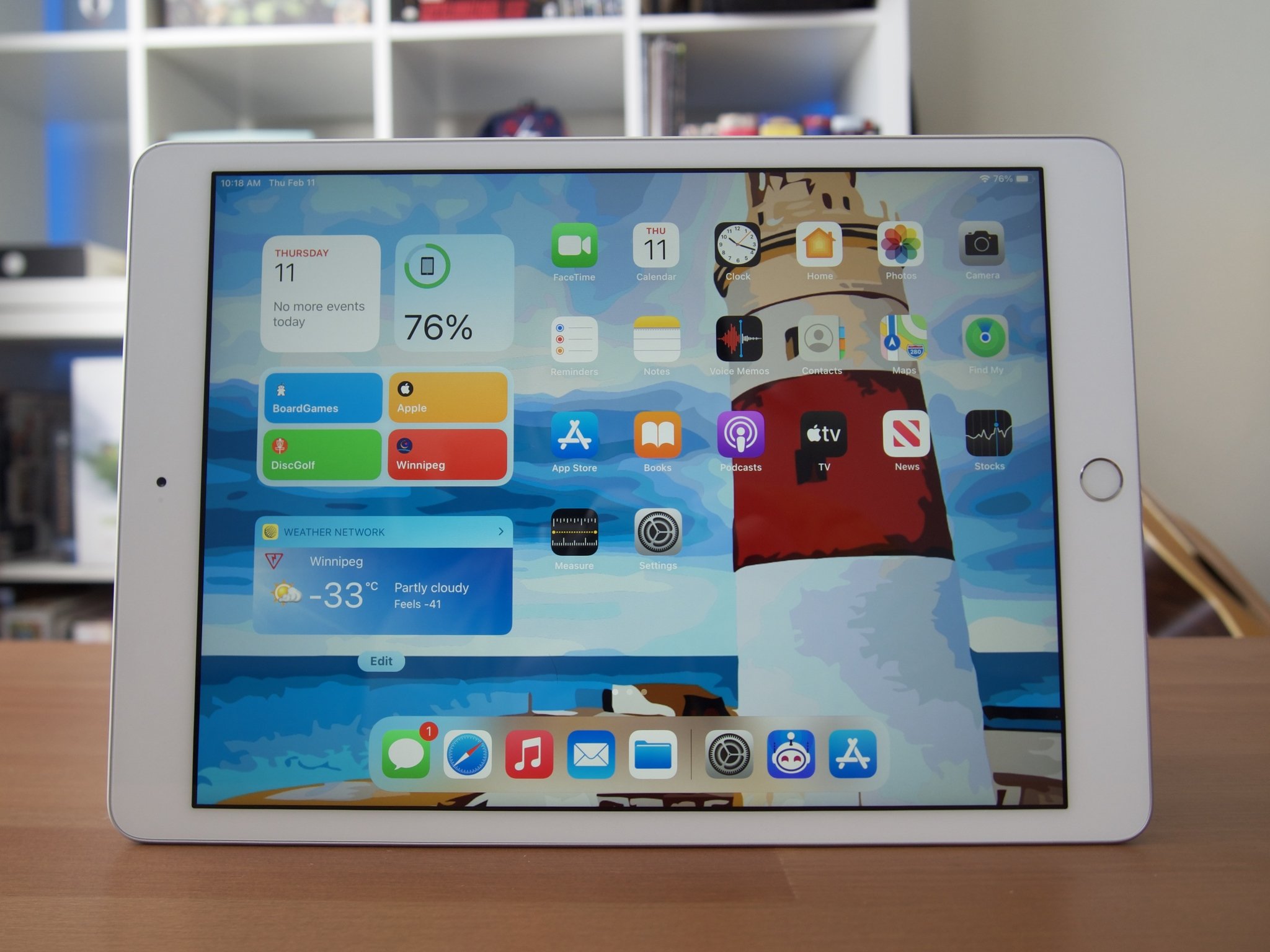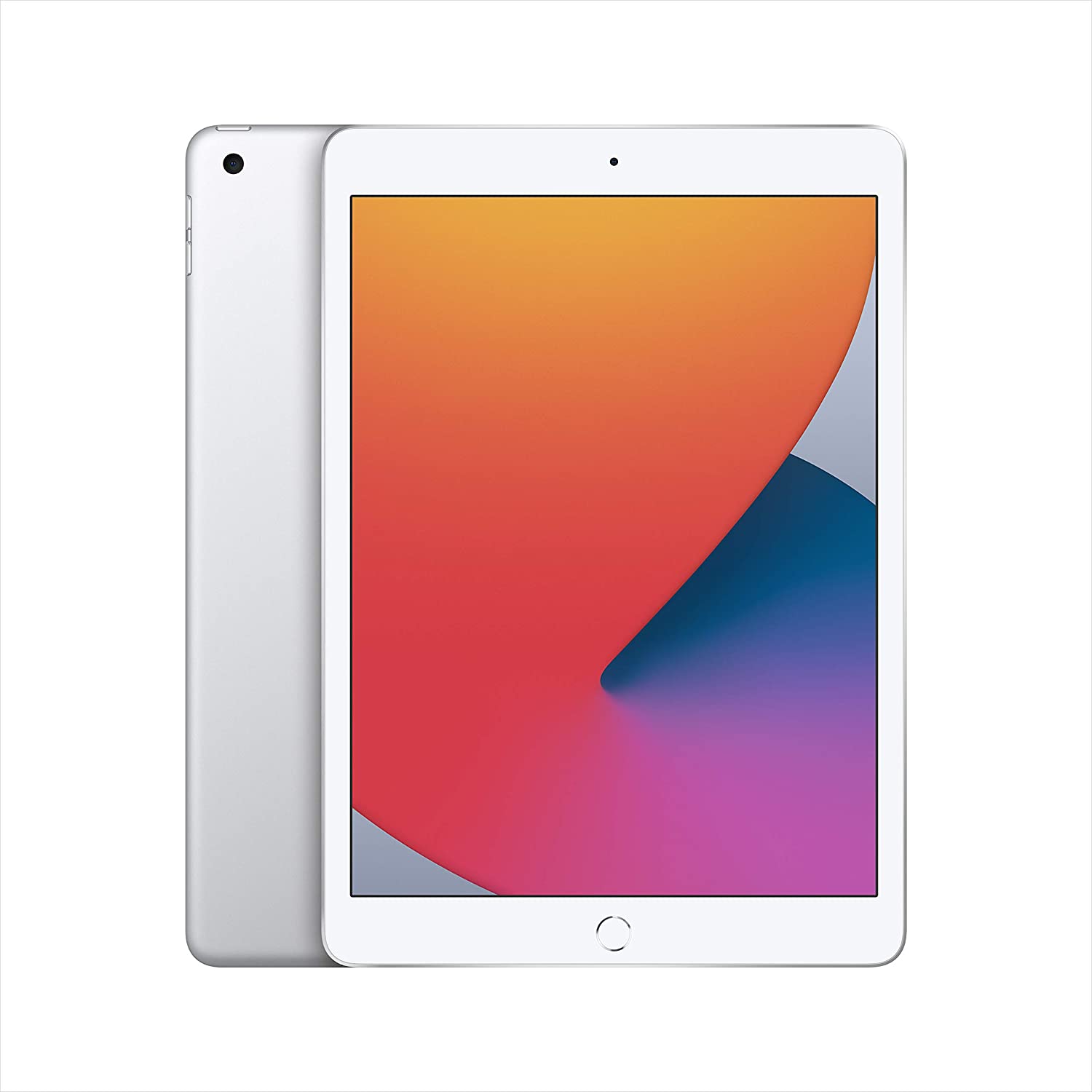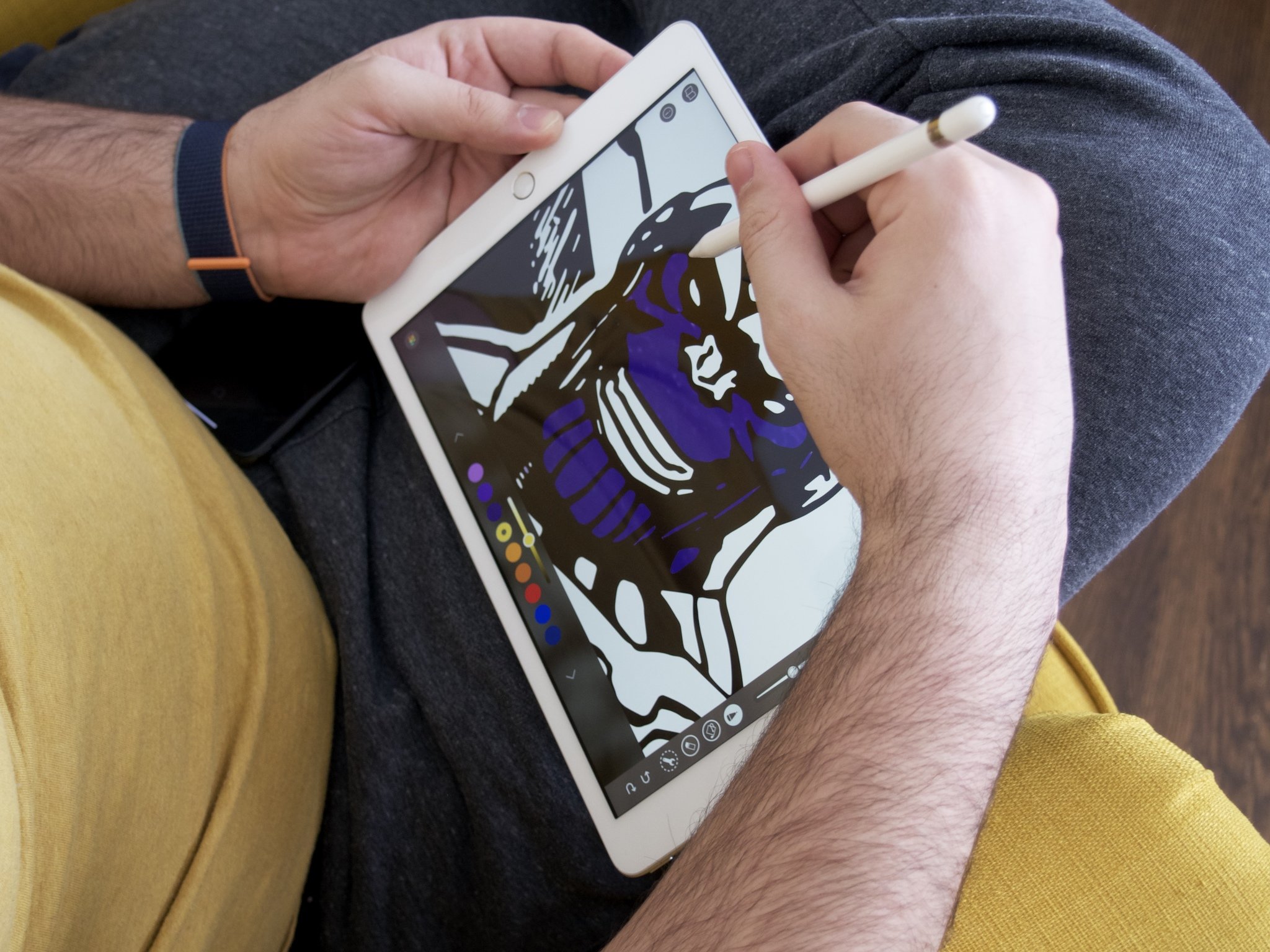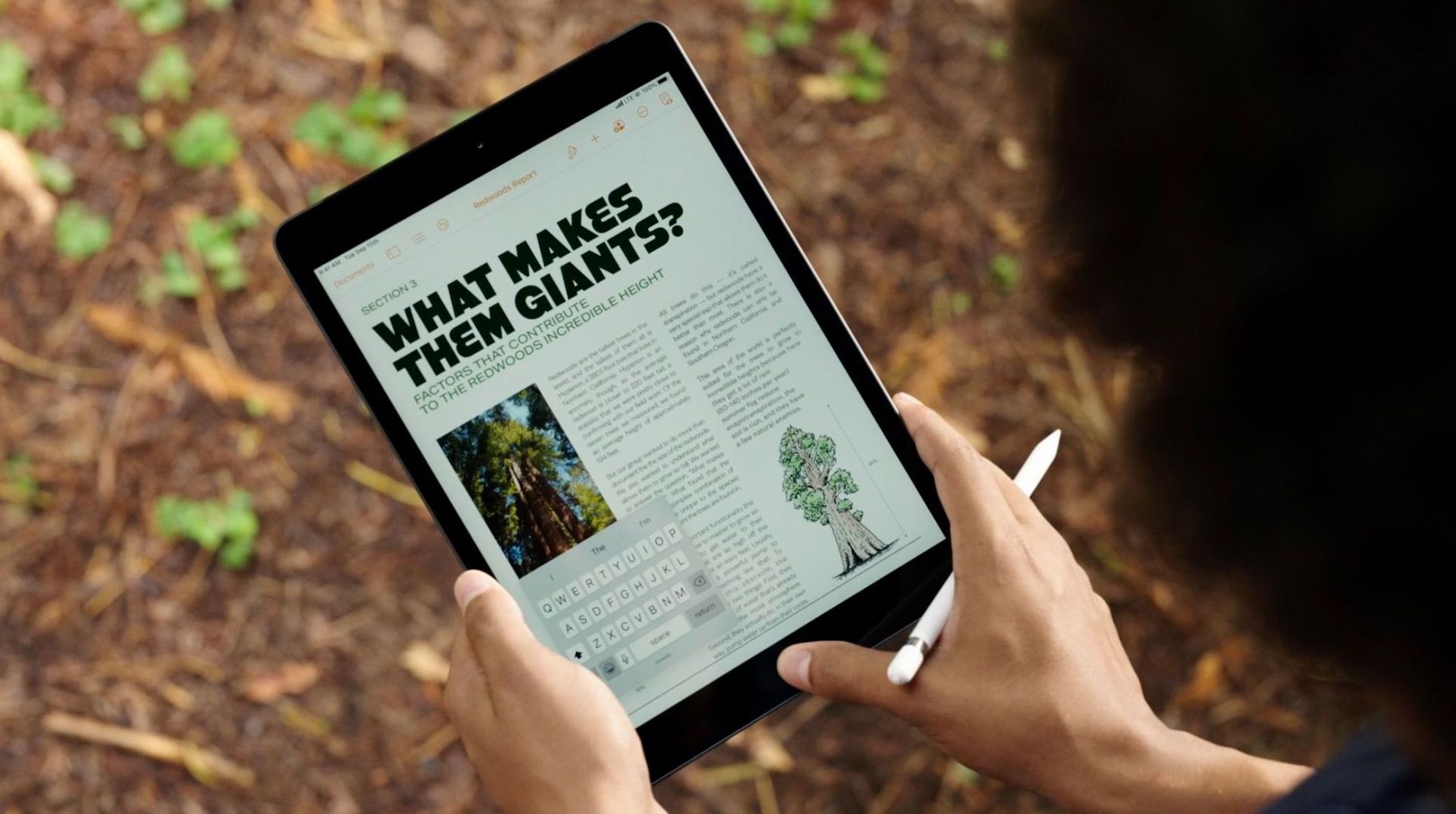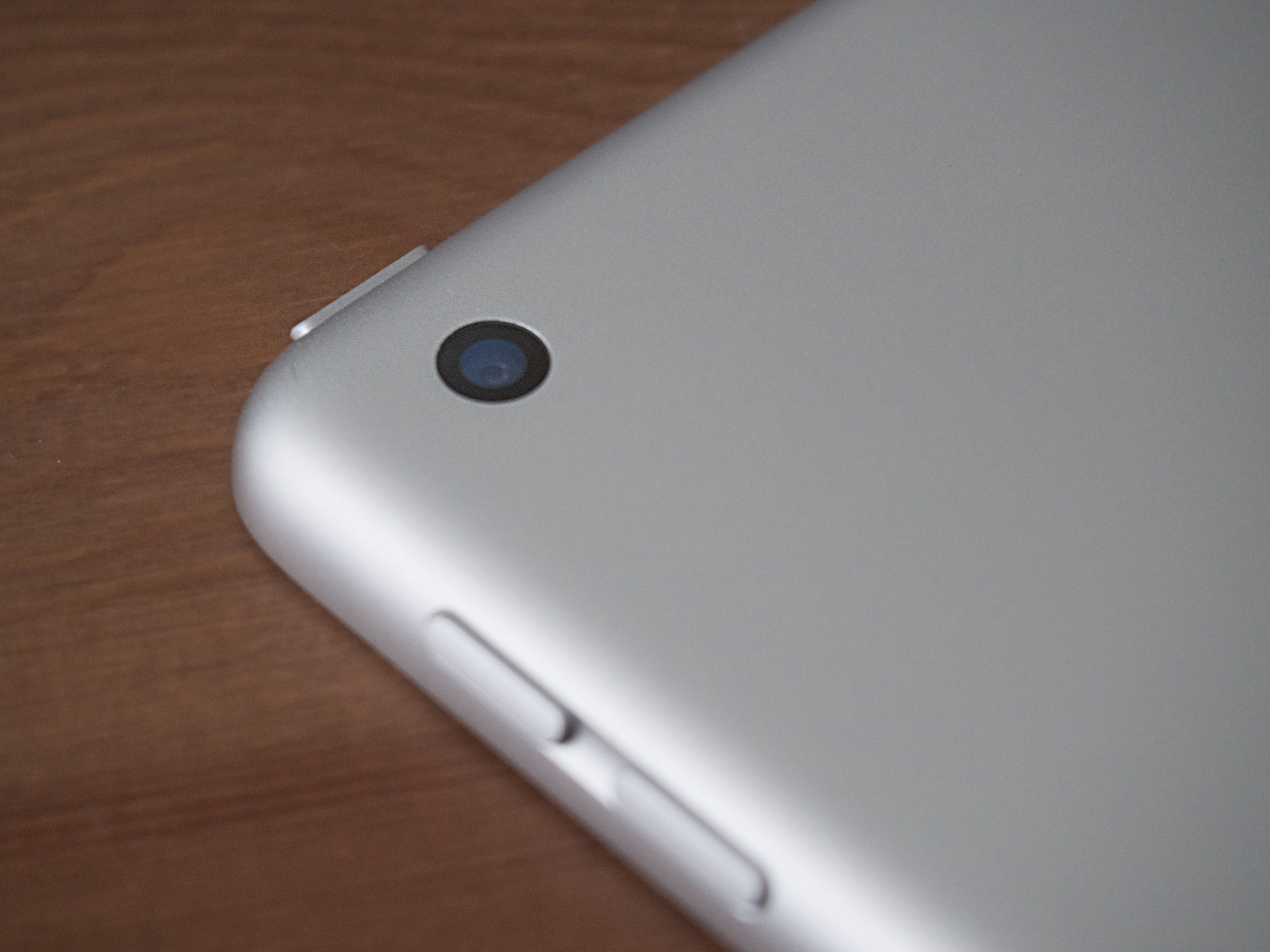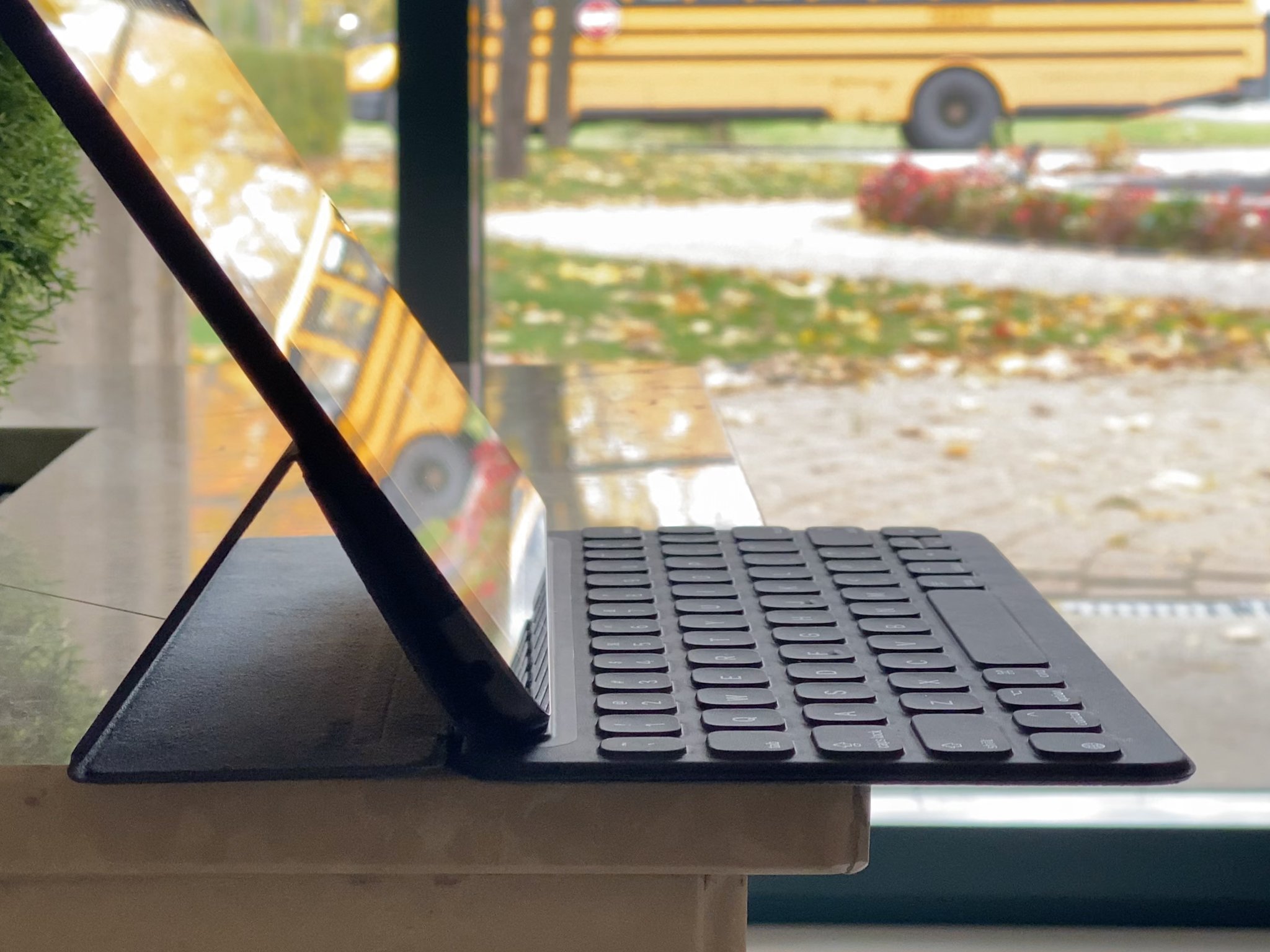I have a confession to make — I've never really been an iPad user. I bought the iPad mini 2 many years ago, and it mostly collected dust. I was a young student back then, and since most of my days and nights were focused on my studies, my laptop seemed to serve better than a small tablet. Plus, I only had a flip phone at the time — ah yes, the starving student life. Needless to say, I never really gave the iPad a fair shot, and while I have spent some time with various iPads over the past few years, I finally have my own again.
Here at iMore, we've dubbed the iPad Air 4 as the best iPad for most people. While I believe that's probably still true, the iPad (2020) seems to be an absolutely perfect companion for those looking to save some money and those who have never had an iPad. Much like at the end of The Breakfast Club, the iPad (2020) shall raise its fist in the air as if to say Don't You Forget About Me, as it solidifies its place as the best tablet deal you can find.
iPad (2020) review: Design
Probably the most boring part of the iPad (2020) is the design. It's the same old design as its predecessor — the 7th generation from 2019 — which means it has big bezels, a Home button with Touch ID, and a 10.2-inch LCD screen. Let's start with the screen.
I have long maintained that LCD screens in older or more budget-friendly Apple devices are not given enough credit. The 10.2-inch screen on the iPad (2020) is beautiful, and even if it's not quite as rich or bright as the displays found on the iPad Pro models, it still has a great resolution and high enough pixel density to look great. With a 2160-by-1620 resolution at 264 PPI, you're not going to notice anything is a miss unless you really look closely or do a side-by-side comparison with a better screen. Now, the iPad (2020) doesn't have a True Tone display, meaning it won't adjust to the ambient light around you like the iPad Air 4 or iPad Pro models. If you're using your iPad in cool light, your screen may look a little yellow, and if you're in a warmer light environment, your display may look a tad blue.
Touch ID in the Home button works as great as it ever did. I'm still a huge fan of Touch ID and am longing for the days where iPhones have both Face ID and Touch ID on board. It's fast, rarely fails, and is super useful in the mask-wearing era we find ourselves in now.
Lastly, there are two storage options — 32GB and 128GB. And, just like the previous iPad model, and the same three colors you've come to expect — space gray, silver, and gold.
iPad (2020) review: Performance
One of the best things about Apple devices and their iPadOS software is that even slightly older chips feel fast and responsive due to the intense optimization that the company bakes into its systems. The iPad (2020) is sporting an A12 Bionic chip, the same chip found inside the iPhone XS and iPhone XS Max, but using it daily, I haven't noticed any hiccups. Whether I'm using FaceTime to connect with my family, gaming the latest Apple Arcade release, sketching in my favorite app, or doing day-to-day tasks like email, the iPad (2020) has held up to the challenge.
iMore offers spot-on advice and guidance from our team of experts, with decades of Apple device experience to lean on. Learn more with iMore!
"The battery life is very consistent."
Now, it's certainly not the workhorse that the A14 Bionic chip is, which we found incredible in our iPad Air 4 review, but it has enough power to get you through all the things you'd expect an iPad to do. It's not going to handle the highest-end creative or pro apps with the same speed as the iPad Air or iPad Pro, but that's why those higher-end models exist. If you're looking for the pro experience, you're likely not looking at the iPad (2020) as your next purchase.
The battery life performance is pretty par for the course. Apple rates it the same as its previous model —10 hours of web surfing and nine hours on cellular data. That's been pretty consistent in my usage. Even when I connect Bluetooth headphones for sound, I'm usually hitting the 10-hour mark before running for the outlet. Your mileage will vary a little based on how you use your iPad, but overall, battery life is dependable enough to make it through a workday pretty consistently. Plus, Apple does ship its 20W USB-C charger with a USB-C to Lightning cable in the box, so charging it up isn't too much of a hassle when you need to do it.
iPad (2020) review: Cameras
As someone who has both an iPhone and a dedicated digital camera, it's easy for me to dismiss the iPad cameras' shortcomings. Still, if you use an iPad (or plan to) for photography, the iPad (2020) may not be the right choice.
The rear camera is the same 8MP that has been on the base iPad for at least the past two years. That means it can only shoot 1080p video at 30FPS and has a ƒ2.4 aperture. While the iPad Pro is the gold-standard in iPad cameras, even the iPad Air 4 moved to a 12MP rear camera that can shoot 4K video. It would have been nice to see the iPad (2020) offer something a little more substantial for tablet photography fans.
"Lackluster cameras on the base iPad is nothing new, but still disappointing."
In 2021, it's hard to call the front-facing camera on the iPad (2020) a camera. It's the same 720p FaceTime HD camera that has been in the iPad for years, that only manages a measly 1.2MP for photos. This is not the iPad you want to take selfies with, and you're not going to look great on video calls either.
Obviously, keeping the low price point on the iPad (2020) was important to Apple, and the camera is clearly one of the places the company decided to save money. Compromises are inevitable when you're talking about budget-friendly devices. However, I'm still disappointed that Apple couldn't find a way to update the camera array — front or back —since last year.
iPad (2020) review : Apple Pencil and other accessories
The Apple Pencil implementation is the same old story as the entry-level iPad before it — the first-generation Apple Pencil is the only Apple Pencil that will work with the iPad (2020). Yes, that means charging the stylus via the Lightning port will look ridiculous, but honestly, if you're running low on the Apple Pencil battery, you'll be happy that ability is there. At the end of the day, charging is charging, regardless of how elegant it looks.
Of course, Apple's Smart Connector once again makes an appearance on the iPad (2020), which is good because some of the best iPad (2020) accessories utilize that connection. Whether it's the Smart Cover or Smart Keyboard or a third-party accessory, the Smart connector is just one of the best and easiest ways to connect your devices and hit the road. No muss, no fuss.
"An Apple Pencil elevates the iPad experience"
Whether or not the Apple Pencil and other accessories are worth the extra cost will really come down to your personal use — however, I would make the case that the Apple Pencil elevates the iPad experience, unlike any other accessory.
You don't have to be an artist to appreciate the Apple Pencil as an accessory to your iPad (2020). You can look at the image directly above for proof! I have spent some time sketching with it, and of course, it's perfect for that activity, but I use my Apple Pencil for everything. It's not just a tool for painters — it's the ultimate stylus that offers you more precision than your finger ever could.
For example, I have been playing Apple Arcade a lot, and there is a puzzle game called tint. In the game, you have to move blotches of color around the screen to specific points in each level. Some levels are pretty straightforward, but other levels have you moving the blotches of paint through other lines of paint in order to change the color so that you can get to the right area. You're supposed to use your finger to create these lines of color that can't cross each other for the most part. I had played the game on my iPhone for a few days before the switch to my iPad and the Apple Pencil, and it completely changed how I played the game. The precision the Apple Pencil offers is just outstanding, and I keep finding new useful ways to use it every single day.
If you want to all the greatness that first-generation Apple Pencil has to offer in a person's hands who know what they are doing, be sure to read our Apple Pencil review from a few years back.
iPad (2020) review: Bottom line
You may be wondering how I can give such a glowing review to a product that was overshadowed just a month after its release by the iPad Air 4, which for all intents and purposes, is mind-blowingly awesome. My answer is a simple one: the iPad (2020) made this non-iPad user fall in love with the iPad.
Of course, the iPad (2020) doesn't offer you everything the iPad Pro does, and it's not as fast as the iPad Air 4. Still, none of that seems to matter when you get one of these in your hands. iPadOS 14 runs amazingly smooth and offers a great experience whether you're hoping to be productive, play games, or even create some art.
Best of all, it's a really reasonable price for anyone looking to dip their toe into the world of iPad. While the $399 starting price is only for the 32GB version, which is not a lot of storage any way you slice it, the $429 price tag for the 128GB version is a nice sweet spot. Heck, even if you throw in the $99 Apple Pencil, you're still spending less than it costs for the iPad Air 4. That's a value that I can get behind.
Once again, Apple has delivered a product meant for a specific purpose — bringing new people to the iPad. Whether those people have never really seen the usefulness of an iPad (much like me), don't need any fancy features, or can't afford the iPad Air 4, the iPad (2020) is a pleasant experience. I dare you to try an iPad for the first time and not fall in love. It can't be done.

Luke Filipowicz has been a writer at iMore, covering Apple for nearly a decade now. He writes a lot about Apple Watch and iPad but covers the iPhone and Mac as well. He often describes himself as an "Apple user on a budget" and firmly believes that great technology can be affordable if you know where to look. Luke also heads up the iMore Show — a weekly podcast focusing on Apple news, rumors, and products but likes to have some fun along the way.
Luke knows he spends more time on Twitter than he probably should, so feel free to follow him or give him a shout on social media @LukeFilipowicz.
